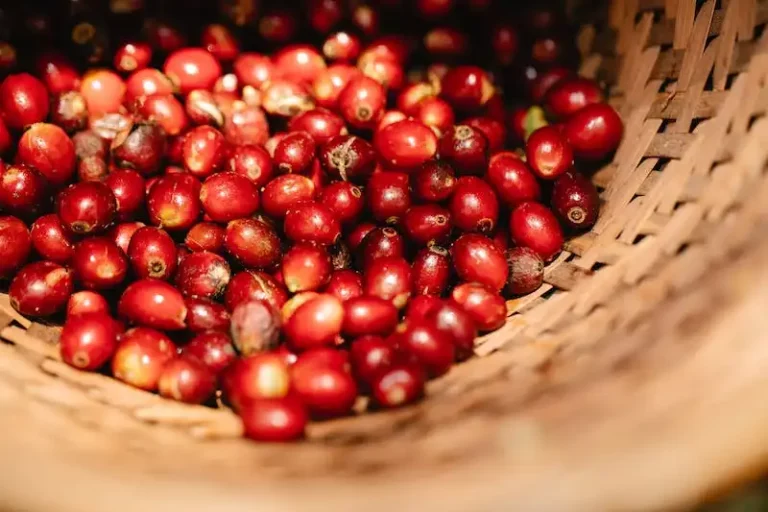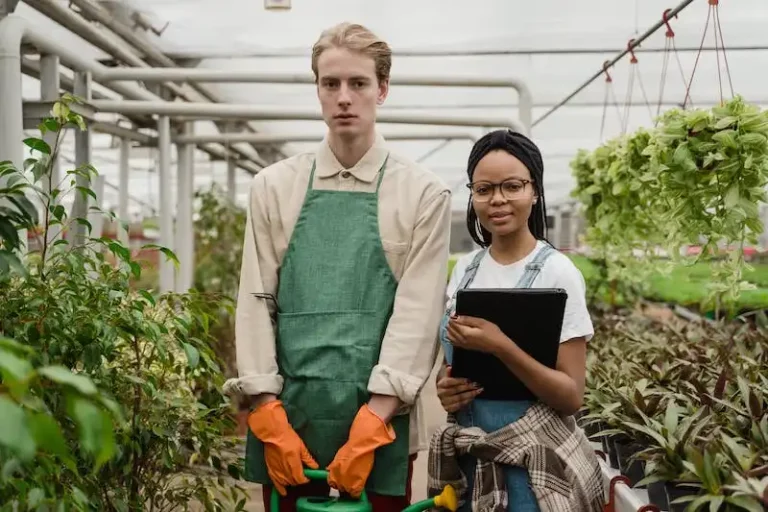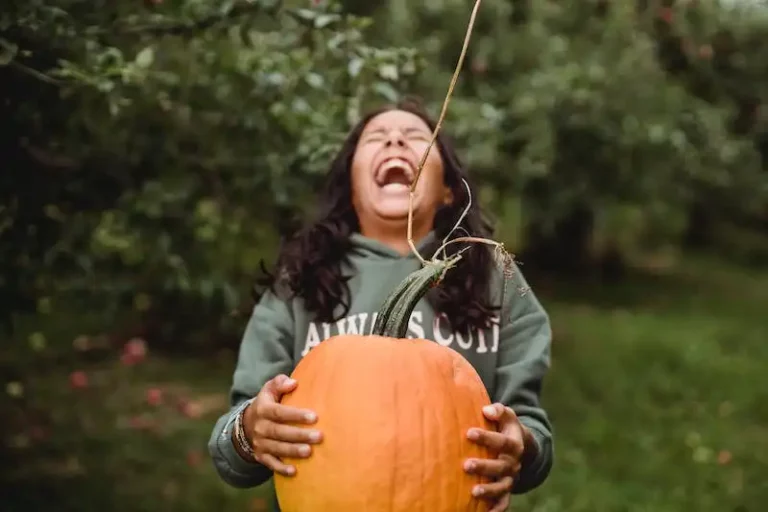When it comes to lavender varieties, there are plenty to choose from depending on your preferences and needs. One of the most popular types is Lavandula dentata, which is known for its abundant blooms and strong fragrance. It is an established cultivar that is commonly grown for its compact and natural shape, making it perfect for hedges and garden borders.
If you are looking for a lavender variety that is more compact in size, consider ‘Hidcote’. This type of lavender is often grown for its deep blue-purple flowers and its ability to withstand cold weather. It is a commonly grown cultivar that can provide a touch of elegance to any garden.
Another lavender variety that is commonly grown is Lavandula angustifolia, also known as English lavender. This type of lavender is prized for its fragrant flowers and is a favorite among gardeners who enjoy making their own essential oils and sachets. It is a cold-hardy variety that blooms twice a year, making it a great addition to any garden.
If you are looking for a lavender variety that is a little different, consider Lavandula stoechas, also known as Spanish lavender. This type of lavender has unique flower heads that resemble little butterflies, adding a touch of whimsy to any garden. It is a heat-tolerant variety that thrives in full sun and well-drained soil.
When it comes to caring for lavender, there are a few things to keep in mind. Lavenders prefer well-drained soil and should not be over-watered, as this can lead to root rot. They also appreciate regular pruning to maintain their shape and encourage healthy growth. Lavenders are known for their strong fragrance, so planting them near a pathway or seating area can bring a wonderful scent to your outdoor space.
In addition to their beauty and fragrance, lavender varieties have many practical uses. The flowers can be dried and used in potpourri, sachets, and cooking. Their essential oils have a wide range of health benefits, and lavender is commonly used in aromatherapy and natural remedies. So, whether you want a lavender variety for its stunning blooms, its aromatic properties, or its practical uses, there is sure to be a lavender variety that suits your needs.
The Fundamentals of Growing Gorgeous Lavender
Growing lavender is a wonderful and rewarding experience. The vibrant violet-blue or purple flowers, along with their heavenly scent, make lavender a popular choice for gardens, landscapes, and even indoor plant arrangements. Whether you’re a seasoned gardener or just starting out, lavender is a relatively easy plant to grow and care for.
There are many varieties of lavender to choose from, each with its own unique characteristics. Common varieties include English lavender (lavandula angustifolia), French lavender (lavandula stoechas), and hybrid lavender such as lavandula x intermedia (also known as lavandin). English lavender is known for its compact habit and richly scented flowers, while French lavender has a more upright habit and vibrant purple flowers with fringed petals.
When planting lavender, it’s important to choose a sunny spot with well-draining soil. Lavender loves full sun, so make sure to select a location that receives at least 6-8 hours of direct sunlight per day. If you live in a region with high humidity, you may want to consider planting lavender in a raised bed or adding some gravel to improve drainage.
Lavender is a hardy plant and can tolerate a wide range of soil conditions. However, it prefers well-draining soil that is slightly alkaline. If your soil is clay or heavy, you can amend it with some sand or organic matter to improve drainage. When planting lavender, make sure to leave enough space between plants to allow for good air circulation.
To keep your lavender plants happy and healthy, water them regularly, especially during dry periods. Lavender is quite drought-tolerant once established, but it still needs some water, especially during the hot summer months. Be sure to water at the base of the plant and avoid getting the foliage wet, as this can lead to fungal diseases.
In terms of care, lavender is fairly low-maintenance. Pruning should be done in the early spring to encourage bushy growth and more flowers. Trim back about a third of the plant, making sure to cut just above a set of healthy leaves. Deadhead spent flowers throughout the flowering season to encourage more blooms.
Harvesting lavender is one of the most enjoyable parts of growing this fragrant herb. The flowers are ready to be harvested when the first few flowers have opened fully. Cut the stems just above the foliage and hang them upside down in a cool, dark place to dry. Once dried, the lavender flowers can be used in a variety of ways, from making sachets and potpourri to flavoring culinary dishes and even creating homemade beauty products.
In conclusion, growing lavender can be a rewarding experience. With the right conditions and care, lavender plants will flower throughout the summer, filling your garden with their beautiful flowers and delightful scent. So get your gardening gloves and lavender seeds ready, and enjoy the process of growing your own gorgeous lavender plants.
COMMON TYPES OF LAVENDER
Lavender is a versatile and popular herb that comes in several different varieties. Each type of lavender has its own unique traits and characteristics that make it special. Here are some of the most common types of lavender:
1. English Lavender (‘Sugar’, ‘Atlee’, ‘Little Lavenite’)
English Lavender is perhaps the best-known form of lavender and is loved for its fragrant flowers. It boasts beautiful blooms in shades of purple, pink, and white, and its fragrant flowers are used in many different ways, from making sachets to adding flavor to beverages and desserts.
2. French Lavender (‘Seal’, ‘Twice’, ‘Fathead’)
French Lavender has long been cultivated for its gorgeous flowers and high fragrance levels. It is a taller variety than English Lavender and needs a bit more space to grow into its full size. French Lavender is also known for its fringed leaves, which have toothed edges and a distinctive aroma.
3. Lavandin (‘Grosso’, ‘Provence’, ‘Arctic’)
Lavandin is a natural hybrid of English Lavender and Spike Lavender. It is often grown commercially for its oil, which is used in soaps, perfumes, and other products. Lavandin plants are larger and more robust than English Lavender plants, and their flowers are borne on long stems, making them perfect for bunched arrangements.
4. Spanish Lavender (‘Ballerina’, ‘Giant’, ‘Purple Ribbon’)
Spanish Lavender, also known as Fringed Lavender, is a compact and aromatic variety that is loved for its unique and fluffy flower heads. It has toothed leaves and comes in a range of colors, from deep purple to pink and white. Spanish Lavender is often grown as an ornamental plant and can be pruned into a neat ball shape.
5. Fernleaf Lavender (‘Dentata’, ‘Pinnata’, ‘Plum Brocade’)
Fernleaf Lavender is a unique type of lavender that has fern-like foliage, hence its name. It is a smaller variety and usually grows to a maximum height of around 12 inches. Fernleaf Lavender is loved for its delicate purple flowers and is often used in rock gardens or as a border plant.
6. Woolly Lavender (‘Beechwood’, ‘Nana’, ‘Velvet’)
Woolly Lavender is a dwarf variety that is easily recognized by its silver-gray leaves, which have a velvety texture. It is a great option for smaller gardens, as it stays compact and does not spread as much as other types of lavender. Woolly Lavender also has a pleasant fragrance and its flowers vary in color from purple to white.
These are just a few examples of the many varieties of lavender available. Whether you’re looking to enjoy the sweet fragrance, add a splash of color to your garden, or use lavender for its many medicinal and culinary uses, there’s a lavender variety out there for everyone.
ENGLISH LAVENDER
The English Lavender, also known as Lavandula angustifolia or true lavender, is a commonly grown herb that is native to the Mediterranean region. It is a versatile plant that can be used for various purposes, such as cooking, making sugar, or simply for its beautiful appearance.
There are several well-known varieties of English lavender, including Hidcote, Munstead, and Loddon Pink. Hidcote is a dense, compact variety that grows in a bushy manner. It has deep purple flowers and is often used for making lavender oil or for planting in hedges. Munstead, on the other hand, is a dwarf variety with blue-purple flowers and a more rounded shape. Loddon Pink is a larger variety with fringed, white flowers.
Another popular lavender variety is Lavandula stoechas, also called French lavender or butterfly lavender. It is characterized by its unique fringed flowers that resemble butterfly wings. French lavender is known for its strong fragrance and is often used for decoration or adding a pop of color to the garden.
Lavandin, a hybrid of English lavender and spike lavender, is another cultivar that is commonly grown. It is known for its larger size and higher oil content compared to English lavender. One popular variety of lavandin is Grosso, which has a richly scented deep purple flower.
When growing English lavender, it is important to choose a sunny spot in your garden as lavender thrives in full sunlight. Lavender prefers well-drained soil and is tolerant of drought once established. Pruning is recommended to keep the plant compact and to promote better airflow around the foliage, which helps prevent disease.
English lavender is hardy to zone 5 and can withstand colder temperatures, especially when properly mulched for winter protection. It can also be grown in containers, making it a versatile choice for any gardener.
In conclusion, English lavender is a beautiful and versatile herb that can be grown in various settings. Whether used for cooking, decoration, or simply for its fragrance, this plant is sure to bring beauty and charm to any garden.



